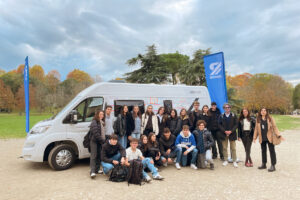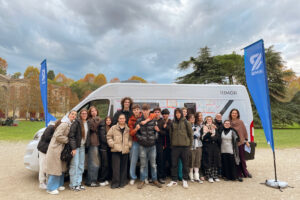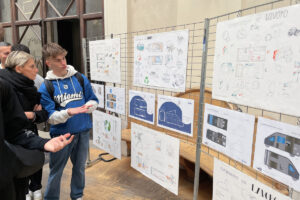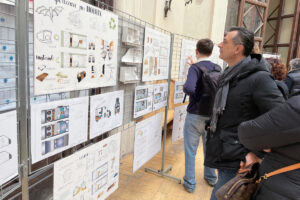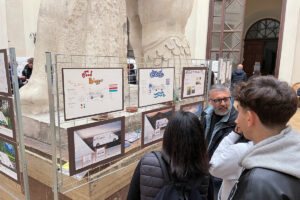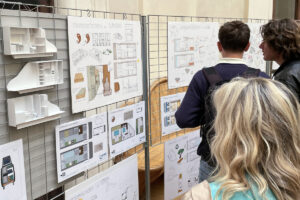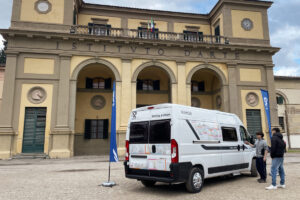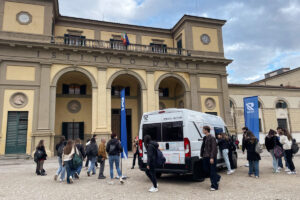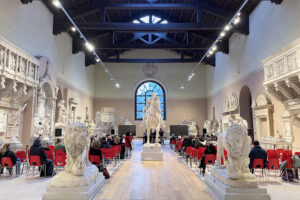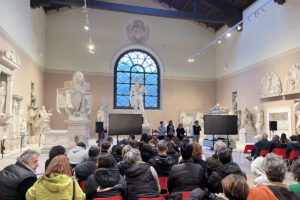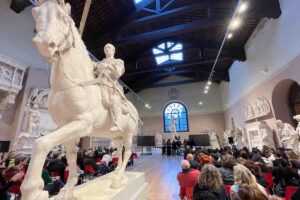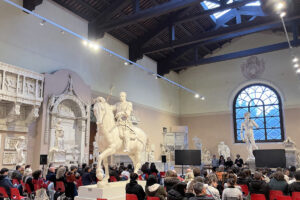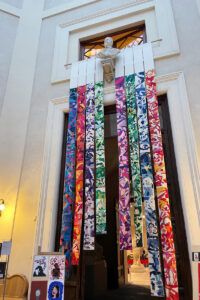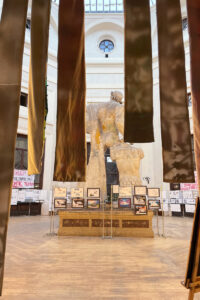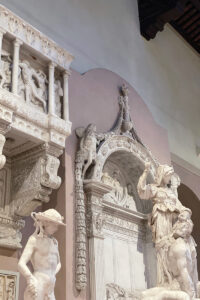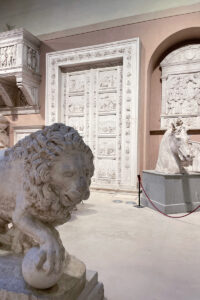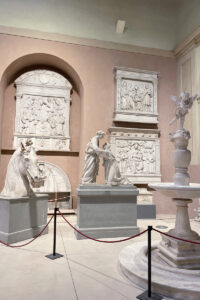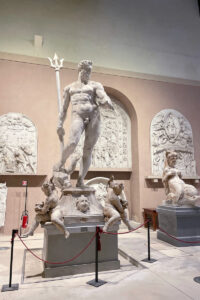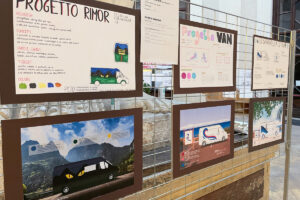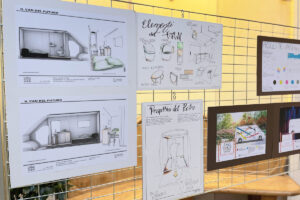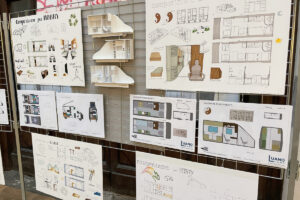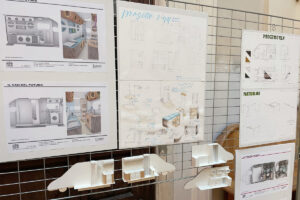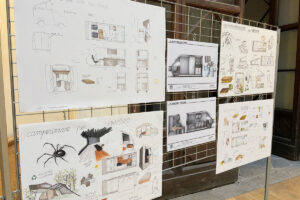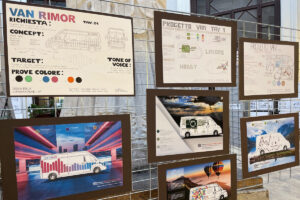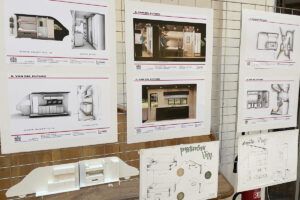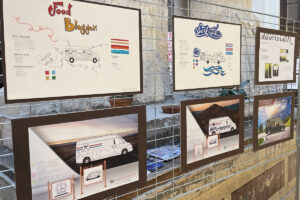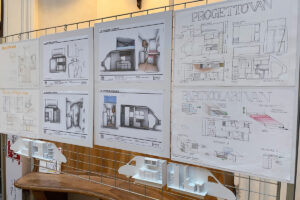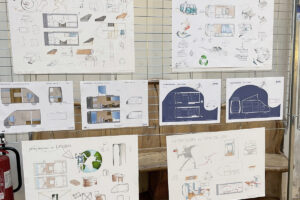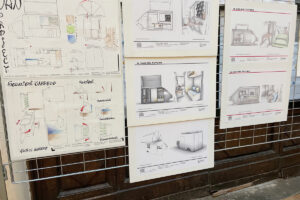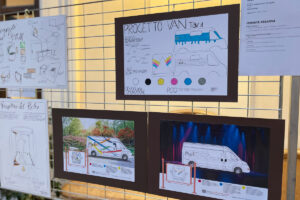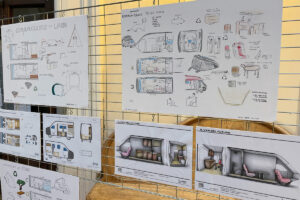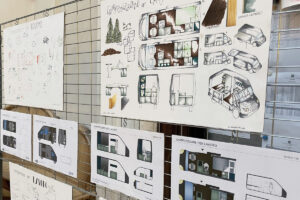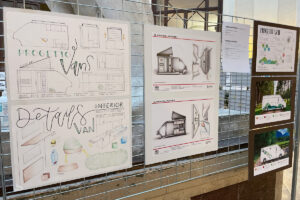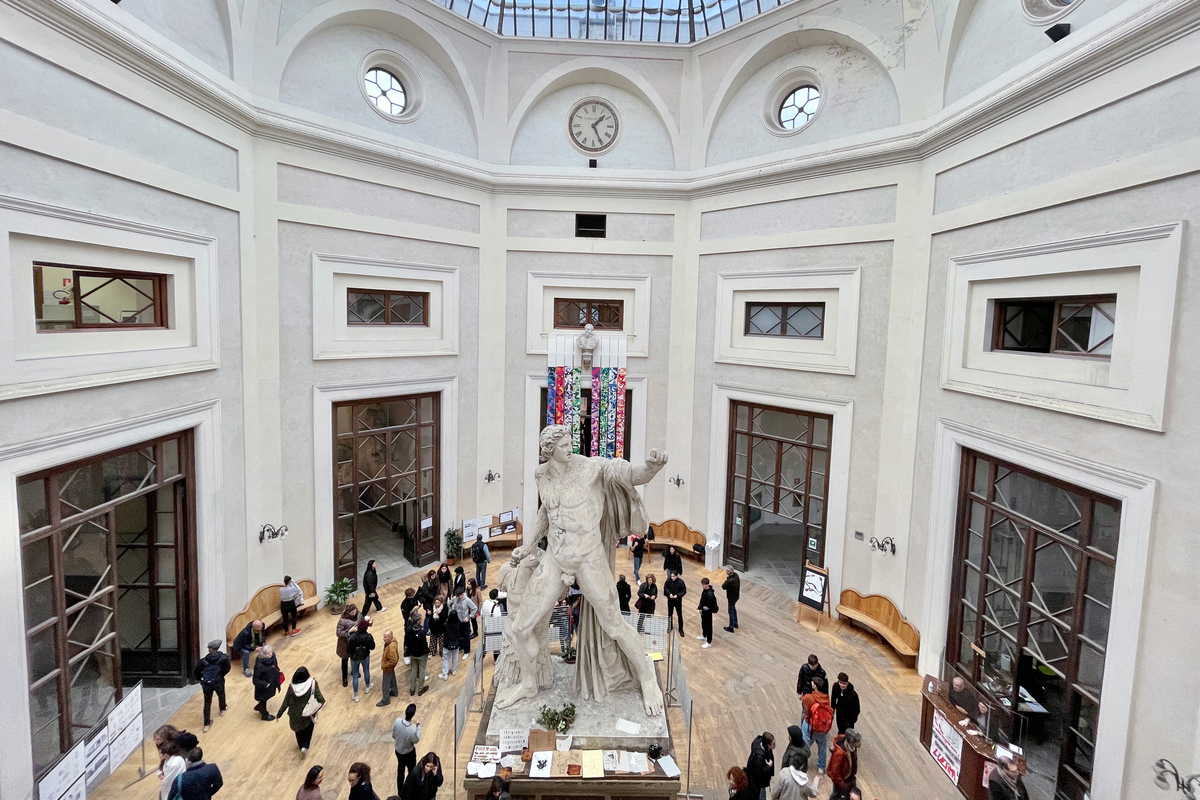
VANguardia. The future of mobility is young.
The “VANguardia” project, developed by Rimor alongside the Art High School of Porta Romana and Sesto F.no, has reached its final phase, with an event that marks a great goal and, at the same time, a new beginning. The power of students’ creativity, successful ideas and solutions, for the van of the future.
The closing event
Rimor and the Art High School of Porta Romana and Sesto F.no recently launched a fascinating joint project: “VANguardia: the young revolution of design for the van of the future”. The project, which engages the Furniture Design and Graphics departments in a sort of training path, aims to create innovative proposals for a new idea of recreational mobility, increasingly merging everyday life and pleasure, and to design an original van interior based on the ideas proposed.
The crowning event of this project was held on Tuesday 21 November 2023, at the Florence centre of the Art High School. Third and fourth year students presented their visions of the ‘van of the future’, in a fusion of creativity, functionality and sustainability. The Gypsotheque and the Octagon hosted the projects, while outside the high school it was possible to visit the van created incorporating the ideas proposed by the students.
The Furniture Design students focussed on designing the interior of the van, with the aim of making the space evermore customisable. Special attention was paid to sustainability in the choice of materials, reflecting a commitment to the environmental needs of our planet. Instead, the Graphics students worked on the livery, adapting the visual communication to a dynamic and ever-changing lifestyle.
The New Ideas
Innovative ideas for life ‘on the road’ emerged from the students’ creative work. Their sensitivity to aspects of design allowed them to pinpoint the many different needs of the users, creating interiors that solve the challenges of living in such a compact space as a recreational vehicle. Simone Santacaterina, head of design and product development at Rimor, praised the enthusiasm and curiosity shown by the students, pointing out how their proposals could pioneer a new future of mobility.
“This gives us a glimpse of what a new aspect of mobility could be in the future,” said Simone Santacaterina, “a single vehicle that can fulfil daily work needs and turn into a means of recreation.
What is surprising is the ability of such young students to deal with this complex topic, but above all the enthusiasm and curiosity they have shown for this particular segment of mobility, which shines through in the projects they have submitted’.
Laura Lozzi, Principal of the Art High School of Porta Romana and Sesto Fiorentino, highlighted the importance of these collaborations with local companies. The synergy between the skills gained by the students and the needs of the companies also contributes positively to job-oriented training. An excellent partnership of school and companies, bringing the two worlds closer together.
“Our Art High School is still a leader of good practice in educational guidance,” says Laura Lozzi, “which takes the form of continuous collaboration with companies in the area, thanks to the skills gained by our students in the specialisations we propose at our school.”
The Liceo Artistico di Porta Romana e Sesto F.no was founded in 1869 in Santa Croce in Florence. In 1923, with the name ‘Istituto d’Arte’, it moved to its current location in Porta Romana, to a monumental building inside the Parco della Pace, which in the past housed the Royal Stables of the Pitti Palace. The plaster casts of important sculptural masterpieces from the 14th to the 20th century have been collected over time in the Gypsotheque. There are more than 3,000 casts; one of the most striking collections is Donatello’s works, as well as Michelangelo’s plaster casts and the ‘Colosso’, a copy of one of the two Dioscuri from the Quirinale fountain in Rome, which still links its name to the ‘Sala del Colosso’ in the Academy Gallery.
The well-equipped and historical laboratories, which preserve the artefacts from the past and manage to establish the difficult link between designer and executor, are the strong point of the course’s teaching proposal, flanked by the rich heritage of the historical library specialised in Applied Art publications and magazines. Numerous artists, decorators, set designers, architects and designers, fashion and costume designers, have studied at the school: Sandro Chia, Galileo Chini, fashion designer Enrico Coveri, director Franco Zeffirelli, to name but a few.
Celebrating ‘Camper Life’. For a future en plein air.
The partnership between the Art High School of Porta Romana and Sesto F.no and Rimor was a unique opportunity to explore new frontiers in van and recreational vehicle design. It also reinforced Rimor’s philosophy: the home of the future is wherever you want it to be, whether for recreation or for the new frontier of remote working and digital nomadism.
The project is the brainchild of teacher Camilla Curzio in liaison with Simone Santacaterina, Rimor’s Head of Design and Product Development, and Gaia Gorelli, one of its designers. Carmen Lodi, teacher of design, teachers Arianna Sardone, Andrea Talarico and Michelangelo Massari, and Rimor’s marketing and communication manager Gaia Frola also contributed to the project.


